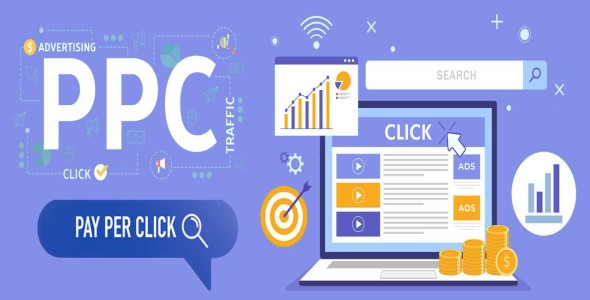
Pay-per-click (PPC) advertising
Pay-per-click (PPC) advertising is a digital marketing model where advertisers pay a fee each time their ad is clicked. It's a way of buying visits to a website rather than earning those visits organically. PPC is commonly associated with search engines, but it can also be used on social media platforms and other websites.
Here's a basic overview of how PPC advertising works:
Ad Placement: Advertisers bid on specific keywords or phrases relevant to their target audience. When users search for those keywords, the ads may appear at the top or bottom of search engine results pages (SERPs) or on other advertising platforms.
Ad Creation: Advertisers create text or display ads that are shown to users based on their search queries or browsing behavior. These ads typically include a headline, description, and a link to the advertiser's website.
Bidding System: Advertisers participate in an auction system where they bid on the amount they are willing to pay for a click on their ad. The bid, along with other factors like ad relevance and quality, determines the ad's position on the page.
Cost Per Click (CPC): Advertisers are charged only when a user clicks on their ad. The cost per click varies based on the competitiveness of the keywords and the bidding strategy.
Budget Control: Advertisers set a daily or monthly budget to control their overall advertising costs. Once the budget is reached, the ads may no longer be displayed until the budget is replenished.
Targeting Options: PPC platforms offer various targeting options, allowing advertisers to reach specific demographics, locations, devices, and times of the day.
Google Ads: Displays ads on Google's search engine and partner sites.
Bing Ads: Similar to Google Ads but on the Bing search engine.
Facebook Ads: Displays ads on the Facebook platform and its partner network.
Twitter Ads, LinkedIn Ads, and others: Various social media platforms offer PPC advertising options.
Advantages of PPC advertising include immediate visibility, precise targeting, and measurable results. However, it requires ongoing management to optimize campaigns, monitor performance, and adjust strategies based on analytics data.
Copyright © 2023-2025 adnanitbd.com

